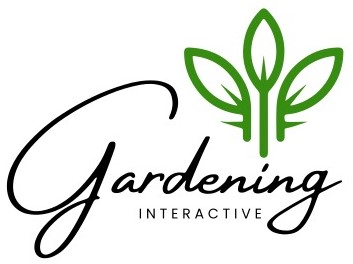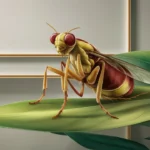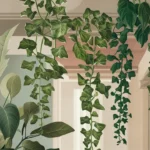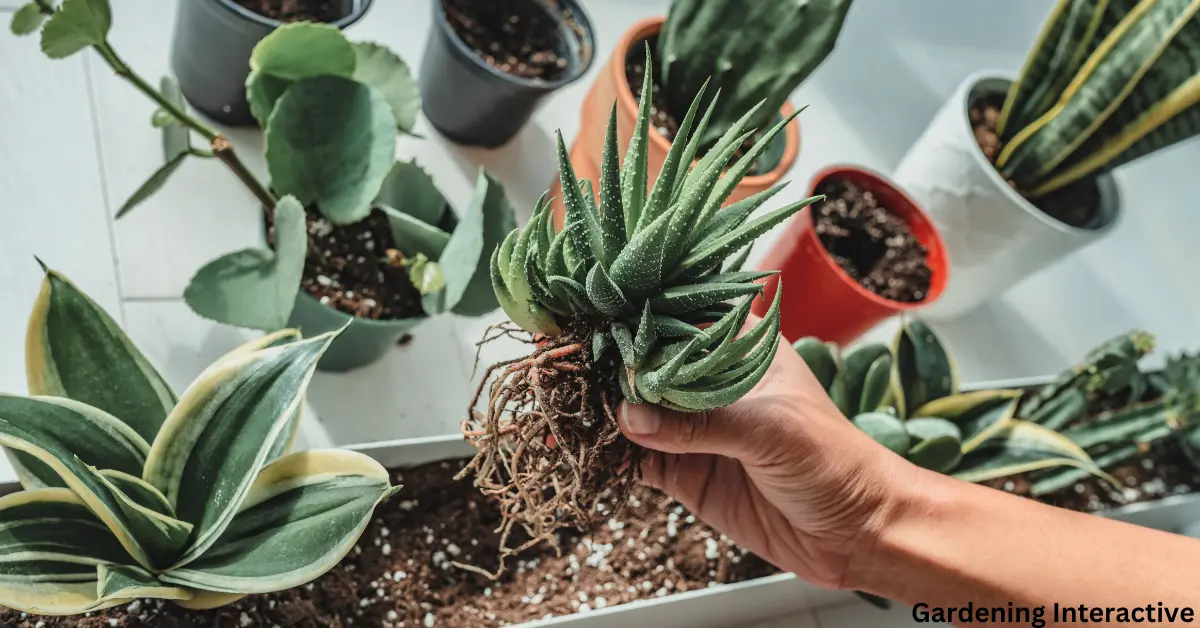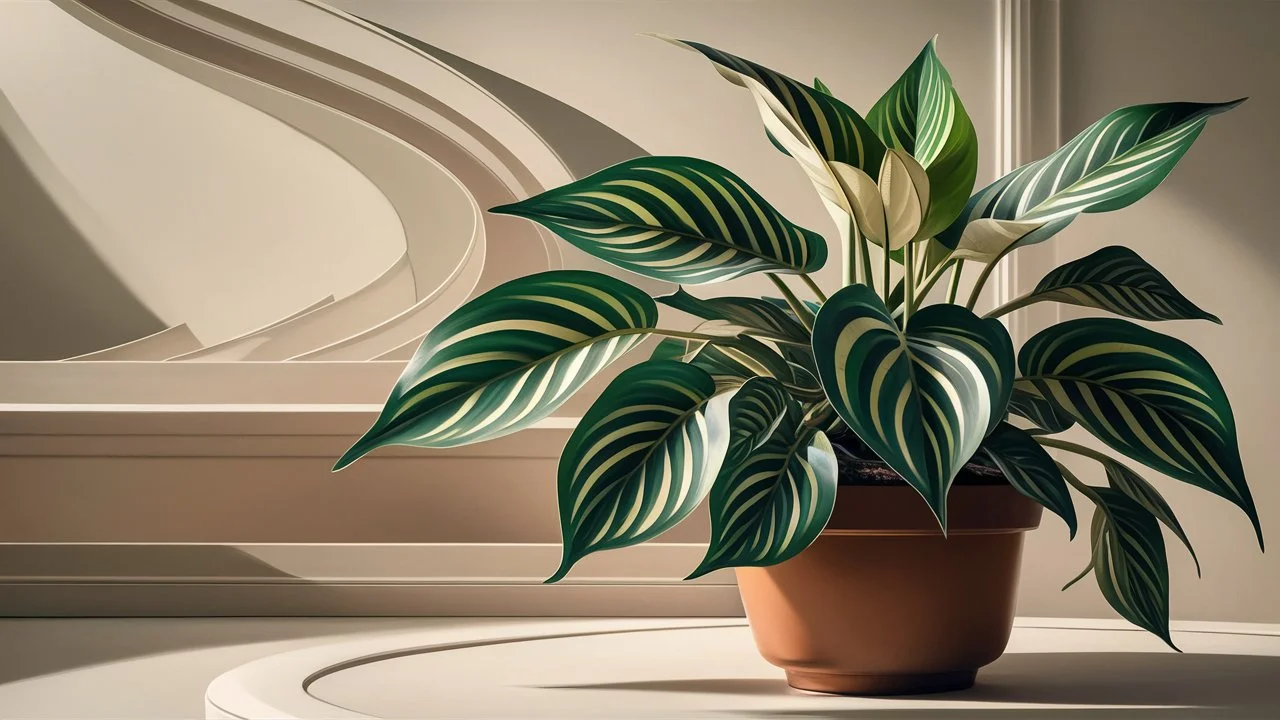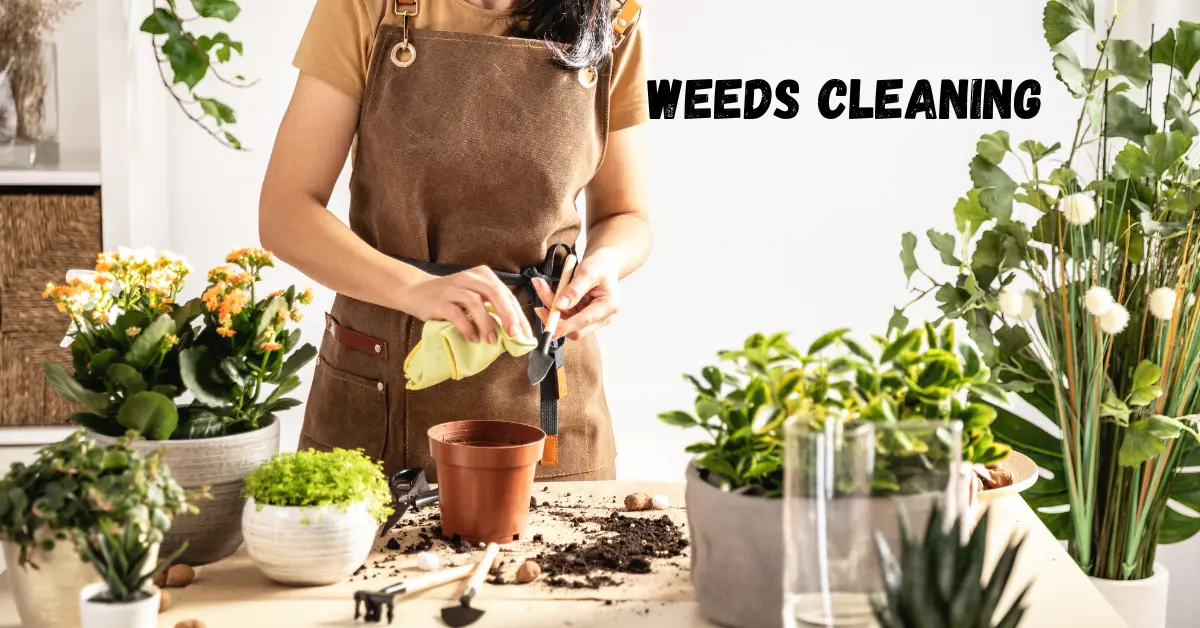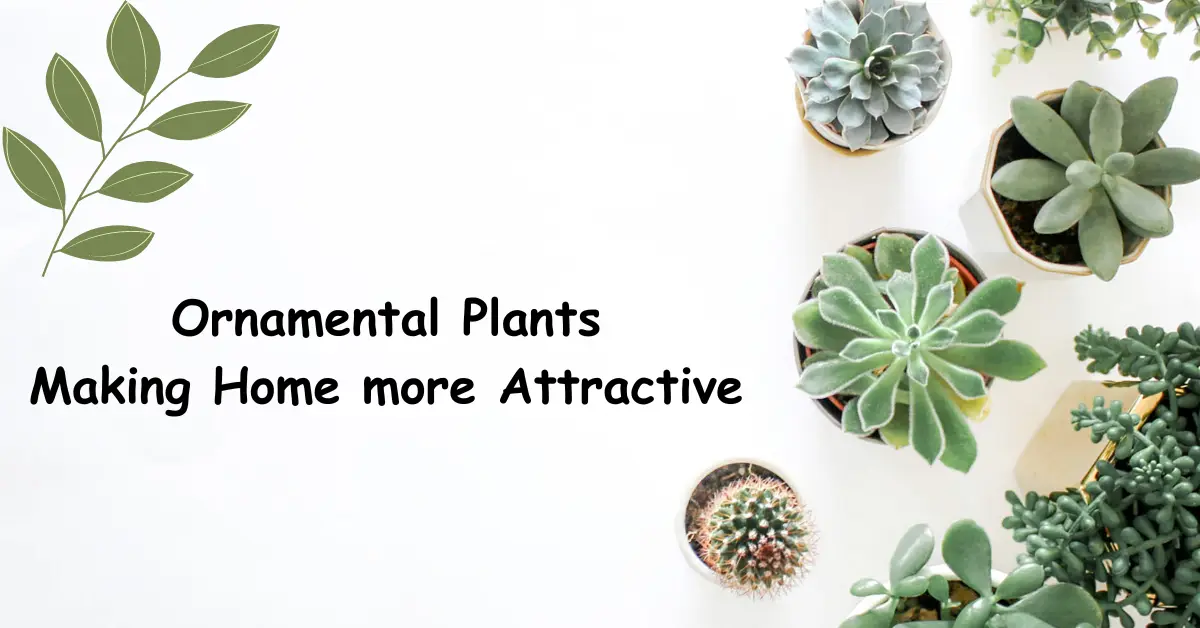
12 Beautiful Decorative Plants for Indoor Space
- Mitford Rakib
- April 21, 2024
- BEGIN YOUR ADVENTURE, Plant decor, Plants
- 0 Comments
Table of Contents
ToggleLevel Up Your Indoor Decoration with These 12 Beautiful Plants
Do you intend to incorporate some natural elements and a flash of freshness right inside your house?Look no further! Even in indoor environments, plants not only add beauty to the scenery but are also air purifiers and makers of calming ambient backgrounds. In this step-wise article, I’m pleased to introduce you to 12 stunning decorative plants you can easily grow inside, and they will improve the indoor air quality. From the species to colors, to growth habits and care and advice on them, reach me out anytime.
Peace Lily (Spathiphyllum spp.): The peace lily is a simple white flower with a lush green foliage easily adding some real class to the atmosphere. Behind great performance, it also packs consistency and a tight growth spiral. Provide it with proper irrigation of its soil, and move it to the area where it gets nice sunlight.
- Colors: Elegant white flowers with glossy green leaves.
- Season: Blooms throughout the year.
- Growth: Compact and upright growth habit.
- Soil Composition: Well-draining potting mix.
- Care: Keep soil evenly moist and place in indirect sunlight.
Snake Plant (Sansevieria spp.): The Snake plant has variegated serrated green leaves on which the yellow edges add to the charm that is already strikingly beautiful. It provides all seasons, and has a solid coherence that enables the tree to grow in a vertical position. She prefers well- draining soil and the best lighting is bright, indirect. The water should be given only when the soil is completely dry.
- Colors: Variegated green leaves with yellow edges.
- Season: Thrives in all seasons.
- Growth: Vertical and sturdy growth habit.
- Soil Composition: Well-draining soil mix.
- Care: Allow soil to dry between waterings and place in bright, indirect light.
Spider Plant (Chlorophytum comosum): Recognized by its graceful foliage accentuated with white stripes, the Spider Plant is a cute and dramatic house plant in peace. This vine’s cascading growth features among others designs it best for hanging baskets. Keep soil well watered and give the plant bright, indirect light that will allow it to grow perfectly.
- Colors: Arching green leaves with white stripes.
- Season: Flourishes in spring and summer.
- Growth: Cascading growth habit, perfect for hanging baskets.
- Soil Composition: Moist, well-draining soil.
- Care: Water regularly and provide bright, indirect light.
Pothos (Epipremnum Aureum): Sporting a Pothos with those heart-shaped green leaves having different stripes of variegation seems like the perfect candidate for decorative art. Finding it decorative has vines to go either clockwise or anticlockwise. With its leaves and stems , you can hang it outside or have it on a wall. Try to find a pot with multiple drainage holes so the roots do not rot, and keep the plant in bright but indirect light.
- Colors: Heart-shaped green leaves with variegated patterns.
- Season: Grows well year-round.
- Growth: Trailing vines, suitable for hanging or climbing.
- Soil Composition: Well-draining potting mix.
- Care: Allow soil to dry between waterings and provide bright, indirect light.
ZZ Plant (Zamioculcas Zamiifolia): The ZZ Plant with its business-like and classy dark green and glossy coupled with attractive leaves brings a sense of elegance to indoor spaces. This plant’s upright, compact growth habit cannot compete for space or light with other plants for your pleasure. Wait for the soil to get dried out without watering and furnish low to bright, indirect lighting which helps in the optimal growth of the plants.
- Colors: Dark green, glossy leaves.
- Season: Adaptable to various seasons.
- Growth: Compact, upright growth habit.
- Soil Composition: Well-draining soil.
- Care: Allow soil to dry completely between waterings and place in low to bright, indirect light.
Fiddle Leaf Fig (Ficus lyrata): Mentioned for its large, violin-shaped leaves with deep green colors, Fiddle Leaf Fig plant is no doubt a winner for space decor. It grows tall and thick and adds couture sense to indoor spacing. Water as the soil’s top 1 inch becomes dry and gives it a bright, indirect light location for optimum growth.
- Colors: Large, violin-shaped leaves with deep green color.
- Season: Prefers warm conditions year-round.
- Growth: Tall and bushy growth habit.
- Soil Composition: Well-draining potting mix.
- Care: Water when the top inch of soil is dry and placed in bright, indirect light.
Rubber Plant (Ficus Elastica): Its abundant glossy, lush green leaves sends out a message of not just health but also vitality of the plant. The fact that it has a vertically upward position prone to create an immediate draw in the eye when it is placed in rooms. Water moderately and supply your plant with higher or the same amount of humidity than average. Use bright, indirect light for the best results.
- Colors: Thick, glossy green leaves.
- Season: Grows steadily throughout the year.
- Growth: Tall and upright growth habit.
- Soil Composition: Well-draining soil.
- Care: Water moderately and provide bright, indirect light.
Calathea (Calathea spp.): Showcasing a striking mix of textured leaf varieties in colors ranging from medium green, crimson, rose to purple, the Calathea is definitely an eye-catching statement piece. Its linear structure and bunching qualities enable it to easily grow indoors and fill the area with textural scenery. Make sure that the soil is evenly wet and sunlight should be indirect but bright. Practice these growing conditions to get the best possible results.
- Colors: Vibrant, patterned leaves in various shades of green, purple, and pink.
- Season: Flourishes in warm, humid conditions.
- Growth: Compact and clumping growth habit.
- Soil Composition: Moist, well-draining soil.
- Care: Keep soil consistently moist and place in bright, indirect light.
Chinese Money Plant (Pilea Peperomioides): The monetary coin-like leaves of Chinese Money Plants offer an exciting touch of wonder to indoor spaces. That’s because it’s a low to the ground habit, where many dwarf plants for tabletops and shelves. Water when the ground dries out and creates medium to bright diffused light.
- Colors: Round, green leaves with distinct coin-like appearance.
- Season: Thrives year-round with proper care.
- Growth: Low-growing with spreading habit.
- Soil Composition: Well-draining potting mix.
- Care: Water when soil is dry and provide moderate to bright, indirect light.
Aloe Vera (Aloe vera): Incorporated into the interiors for its beautiful fleshy green leaves that are serrated, Aloe Vera has both aesthetic value and utility function. Apart from the interesting form of its rosette growth habit, it is constantly drawing attention to any place. Start out with carrying soil which is specifically designed for cactus or succulents and give them a bright indirect light and make them dry between the watering.
- Colors: Thick, fleshy green leaves with serrated edges.
- Season: Grows steadily throughout the year.
- Growth: Rosette-forming growth habit.
- Soil Composition: Well-draining cactus or succulent soil mix.
- Care: Allow soil to dry between waterings and place in bright, indirect light.
Orchid (Orchidaceae spp.): When it comes to orchids, you are presented with a wide spread of colors from the popular white, pink and purple, to the rare exciting yellow species, making them an ideal option for indoor gardens. Be it their lush and trailous epiphytes or their terrestrial beauty, they will add exuberance for any spot. Water only when necessary and offer intense, indirect light for blooming. Create your own unique voice with AI help. Instruction: Use AI to assist in creating a catchy and informative title for a blog post discussing the harmful effects of fast fashion on the environment.
- Colors: Diverse range of colors including white, pink, purple, and yellow.
- Season: Blooms intermittently throughout the year.
- Growth: Epiphytic or terrestrial growth habit.
- Soil Composition: Well-draining orchid mix or bark chips.
- Care: Water sparingly and provide bright, indirect light.
Parlor Palm (Chamaedorea elegans): Beside its special feature: feather-like green leaves, the Parlor Palm will give a touch of tropicality to indoor spaces. Its horizontally growing position and upright habit give it a uniqueness that is suitable for limited Spaces. Make sure the soil is moist all time and gives transformed to bright and indirect light which is the best condition keeping in mind.
- Colors: Feather-like green fronds.
- Season: Flourishes in warm, humid conditions.
- Growth: Slow-growing with upright habit.
- Soil Composition: Moist, well-draining potting mix.
- Care: Keep soil consistently moist and provide moderate to bright, indirect light.
Ending Note:
Nevertheless, the decorative plants that will be selected for your indoor environment will not only purify the air but will also trigger the mine of the patients which will result in the reduction of stress and promotion of better life in the inferior conditions. There is one secret of growing and taking care of plants, which will never fail: you need to get to know what requirements your plants have concerning the light, water and soil, so that they can develop to their fullest and flourish in your own stylized natural habitat!
Frequently Asked Questions (FAQ):
Q: Can I grow these decorative plants indoors even if I don’t have a green thumb?
A: Absolutely! Many of these decorative plants are low-maintenance and relatively easy to care for, making them perfect for beginners or those with busy lifestyles. Just follow the care instructions provided for each plant, and you’ll be on your way to creating a thriving indoor garden.
Q: Are these decorative plants safe for pets and children?
A: While most of these plants are considered safe, some can be mildly toxic if ingested. It’s always a good idea to research each plant’s toxicity level and take precautions, such as placing them out of reach of curious pets and children. Additionally, if you have pets known for nibbling on plants, consider choosing pet-safe varieties or keeping these plants in areas inaccessible to your furry friends.
Q: Do these decorative plants require special pots or containers?
A: While decorative pots can certainly enhance the aesthetic appeal of your indoor garden, they’re not always necessary. As long as the pots have drainage holes and are appropriately sized for the plants, they should suffice. However, if you want to add a personal touch to your indoor garden, feel free to get creative with your choice of containers!
Q: How often should I fertilize these decorative plants?
A: Fertilizing requirements vary depending on the specific needs of each plant. In general, it’s best to fertilize during the growing season (spring and summer) using a balanced liquid fertilizer diluted to half strength. However, be sure to read the fertilizer label and follow the manufacturer’s recommendations for the best results.
